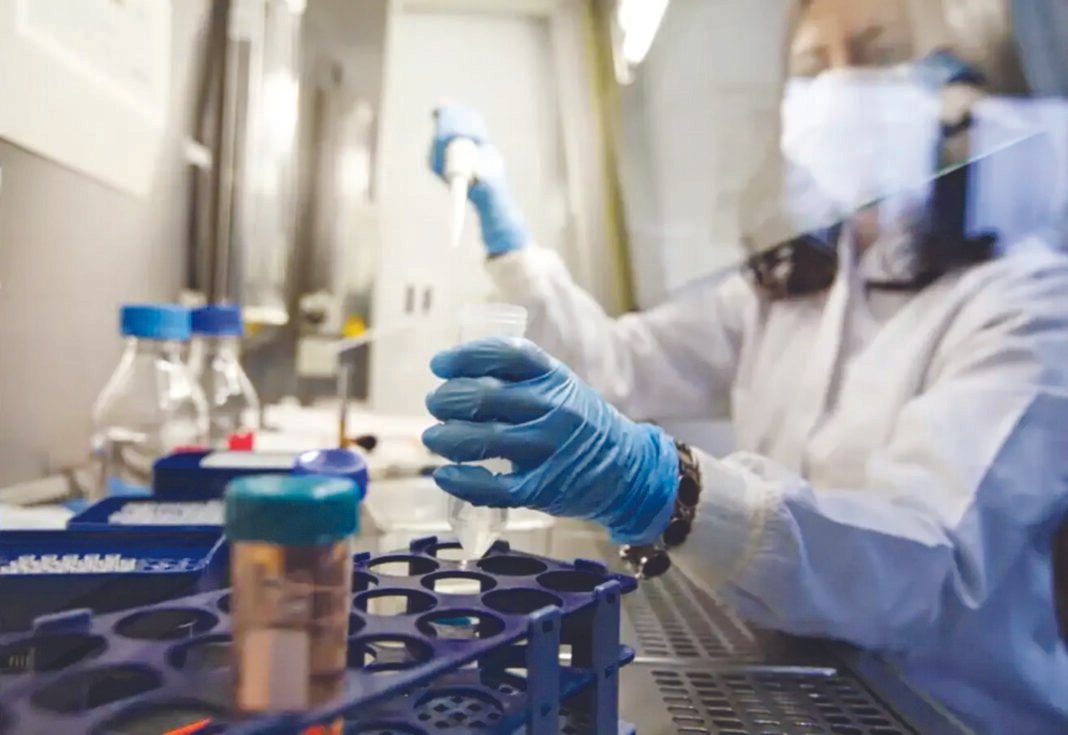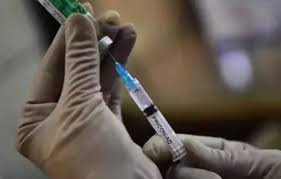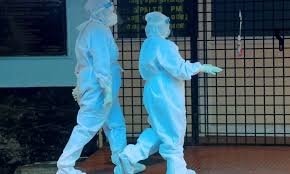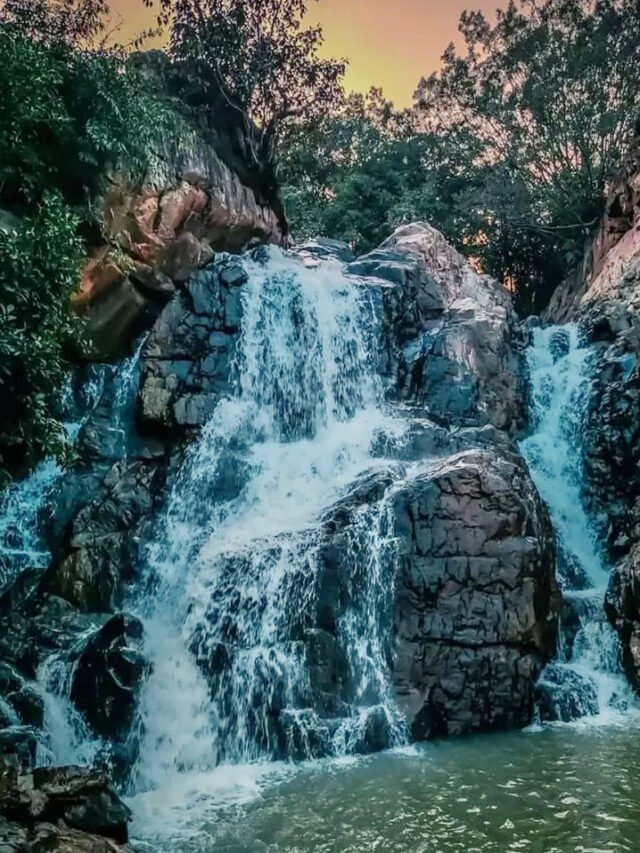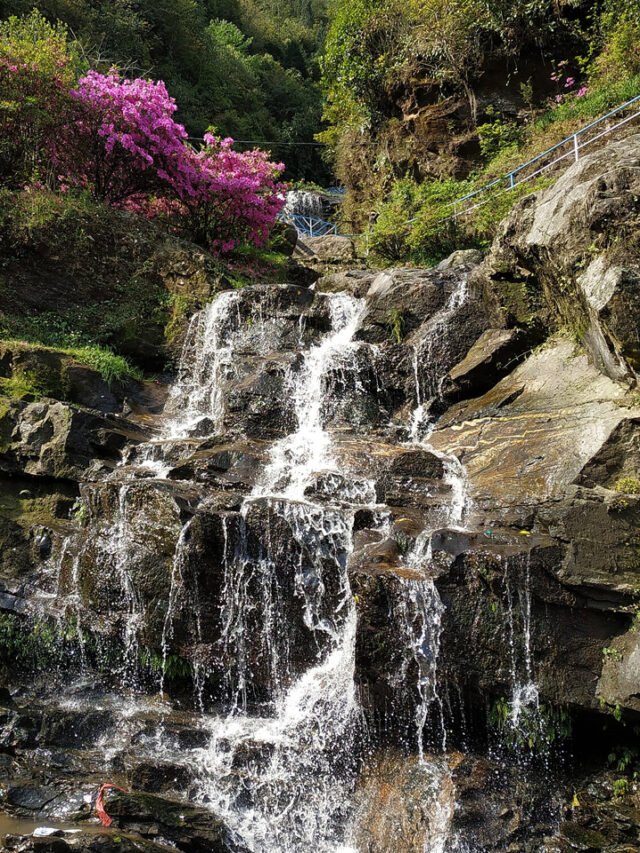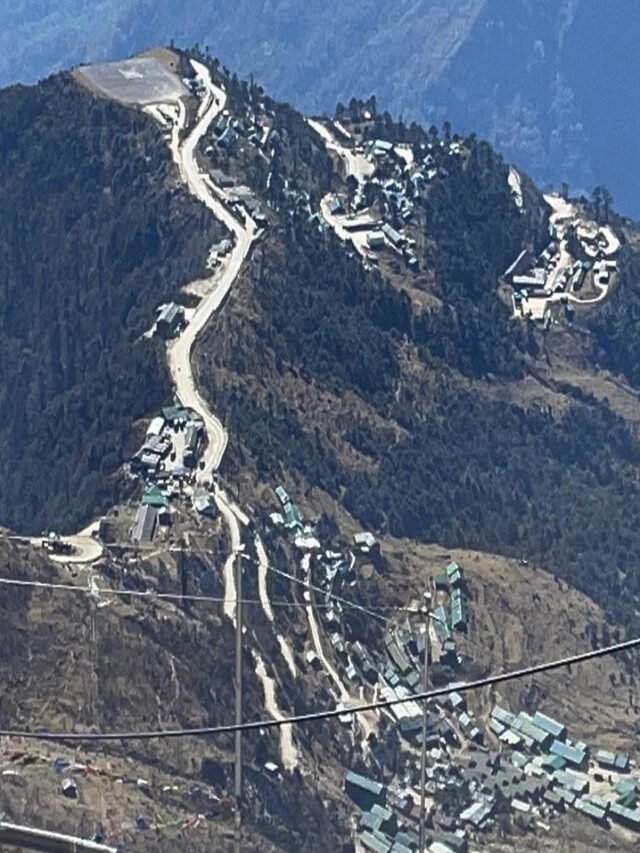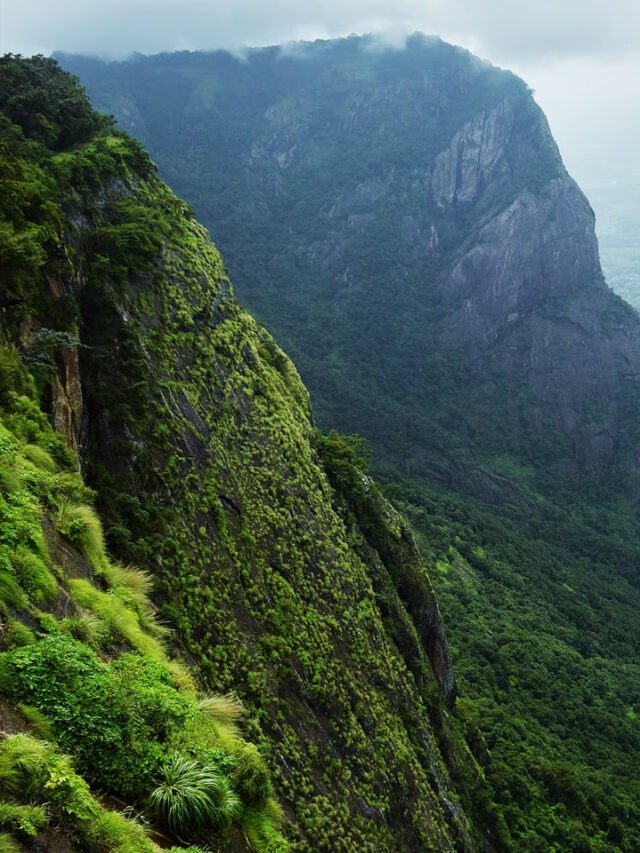NEW DELHI, June 24: India will now be able to detect the Nipah virus within minutes as the National Institute of Virology (NIV) in Pune, under the Indian Council of Medical Research (ICMR), has developed a portable ‘point-of-care’ test kit for detecting the virus.
This kit can provide instant results even outside laboratory settings and will be deployed soon in high-risk areas like Kerala and West Bengal, Dr Naveen Kumar, the director of NIV, said.
“We have developed a LAMP-based portable kit for quick and reliable detection of the Nipah virus. It provides results in just a few minutes without the need for a laboratory. The kit has also been patented,” Dr Kumar said.
The Nipah virus primarily spreads through fruit bats and has caused several outbreaks in India.
With a mortality rate exceeding 50 per cent, it is one of the most lethal viral diseases.
In India, the capability to culture the Nipah virus exists only at NIV Pune, where genomic analysis, vaccine development, and drug testing are also carried out, said Dr Pragya Yadav, senior scientist at NIV.
The NIV is working with a pharma company and research partners to develop monoclonal antibodies to treat Nipah. Additionally, the institute is also working on an indigenous vaccine for the Nipah virus, which is expected to enter trial phases in the coming years.
According to data, the Nipah virus samples found in India so far belong to the ‘Genotype B’ category, seen in both Bangladesh and India, Dr Kumar said.
This variant spreads rapidly and causes severe symptoms, whereas the Malaysian variant (Genotype M) is comparatively less infectious.
Over the past decade, most Nipah virus cases in India have been reported from Kerala and West Bengal, he said. The NIV has set up specialised labs and monitoring systems in these states to enable early detection and containment, Dr Kumar added.
From 1998 to 2018, more than 700 cases were reported across India, Malaysia, and Bangladesh.
The first case in India was recorded in West Bengal in 2001, with a 74 per cent fatality rate. The 2007 outbreak in the same region saw a 100 per cent fatality rate.
Data shows that the first Nipah case in India emerged in 2001 in West Bengal. The state saw the second outbreak in 2007. The third major outbreak occurred in Kerala in 2018, resulting in 16 deaths. Since then, Kerala has seen many outbreaks, with 19 fatalities in total.
Dr Yadav, who has led six to seven studies on Nipah infection in India, revealed that antibody surveys found Nipah virus antibodies in 20 per cent of bats across nine states and one Union Territory, indicating prior exposure to the virus. (PTI)


